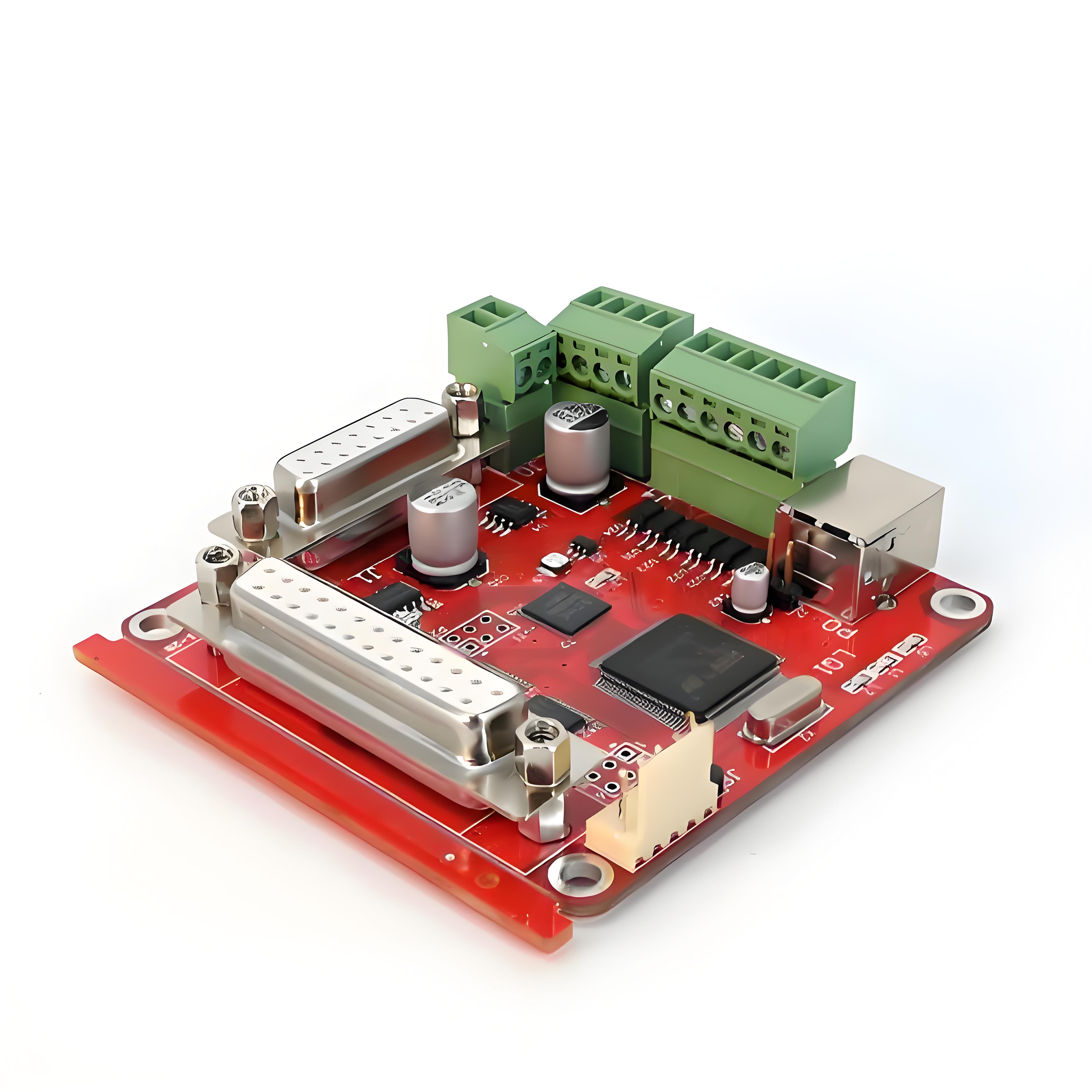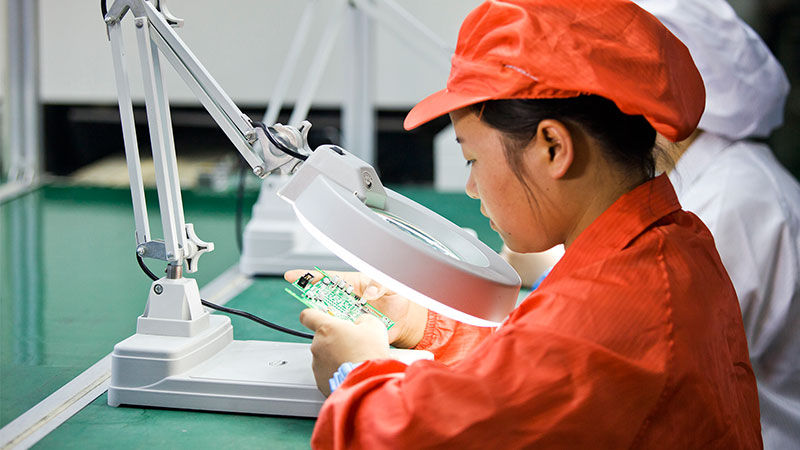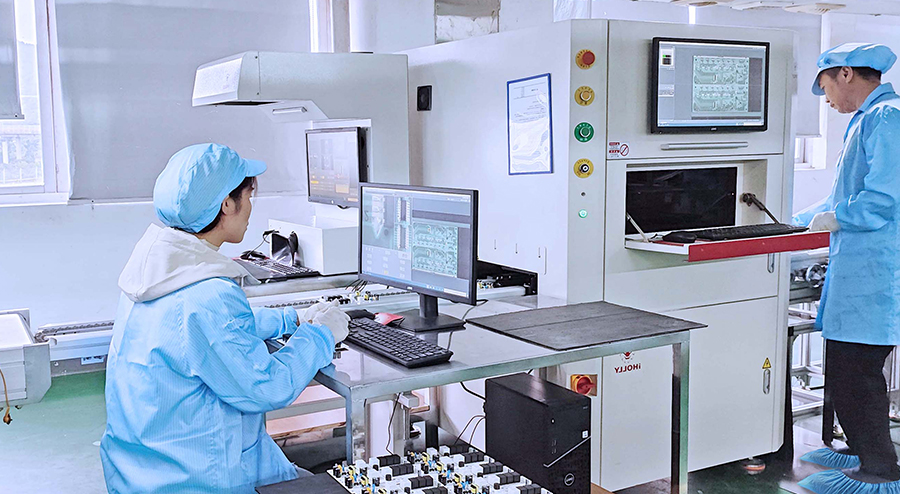What is Turnkey PCB Assembly Services?

Strong 8k brings an ultra-HD IPTV experience to your living room and your pocket.
Turnkey PCB Assembly Services: How One-Stop Solutions Are Reshaping Electronics Manufacturing
In the field of electronic product development, turnkey PCB assembly services have become the preferred collaboration model for everyone from start-up teams to large enterprises. This ‘end-to-end’ all-inclusive service allows customers to simply provide their design concepts and receive fully assembled circuit board components ready for installation, completely transforming the inefficient traditional electronic manufacturing process where customers had to coordinate multiple suppliers and manage complex supply chains.
https://www.maxcontro.com/printed-circuit-board-assembly
1. What is turnkey PCB assembly?
The essence of turnkey services is that contract manufacturers (CMs) take full control of the entire process from design to finished product, covering all stages from component procurement, PCB manufacturing, SMT placement, through-hole soldering, functional testing, program burning, to final packaging and delivery. Customers receive a finished solution that is as simple as ‘turning the key to start,’ without needing to intervene in any intermediate stages.
Compared to traditional models, turnkey services have significant differences:
Service Model Customer Involvement Supply Chain Responsibility Suitable Scenarios
Turnkey Model Only design files and requirements are provided Single service provider assumes full responsibility Rapid time-to-market, teams with limited resources
Support Model Customers provide their own components and outsource soldering and testing Customer + service provider Control core component costs
Pure Assembly Model Provide PCB and all components, only require assembly Customer-led Companies with established supply chains
II. Service Process Overview: 8 Key Steps from Design to Delivery
Requirement Analysis and Design Optimisation
The service provider's engineering team conducts Design for Manufacturability (DFM/DFA) analysis based on design documents, identifying manufacturing risks such as improper pad sizes or insufficient component spacing, significantly reducing mass production failure rates.
PCB Manufacturing and Component Procurement
The service provider procures components through an authorised supply chain, with 100% quality inspection to prevent counterfeit products. This is combined with PCB production (multi-layer boards, flexible boards, high-frequency boards, etc.) to shorten the material preparation cycle. For example, military-grade components must pass certifications such as AEC-Q100, which are difficult to obtain in the general market.
High-Precision Placement and Soldering
Fully automated SMT production lines are used to achieve micron-level placement, combining reflow soldering (SMT components) and wave soldering (through-hole components) dual processes; X-ray inspection is used for hidden solder joints such as BGAs to ensure the quality of invisible solder joints.
Multi-level testing and verification
AOI (automatic optical inspection): identifies placement offset and solder bridging
1.ICT (in-circuit testing): verifies circuit connectivity and component parameters
1.FCT (Functional Testing): Simulates real-world operating conditions to test board-level functionality
Reliability Testing: Environmental stress screening including temperature/humidity cycling and vibration testing
Programming and System Integration
Firmware is programmed into microcontrollers; in some cases, housing assembly, cable connection, or software configuration is completed to achieve ‘plug-and-play’ functionality.
Compliance Certification and Packaging
Provide RoHS, UL, IPC Class 3, and other certification support as needed, and use anti-static packaging to ensure safe transportation.
III. Why do companies choose the turnkey model? Core advantages explained
Dual improvement in cost efficiency
Avoid the million-dollar investment in building your own production line (such as pick-and-place machines, SPI, X-Ray, etc.), and save up to 40% in facility, certification, and labour costs. Service providers further reduce component costs through bulk purchasing.
Breaking Through Professional Barriers
Manufacturers' accumulated process databases can address design risks such as ‘radio frequency interference’ and ‘uneven heat dissipation’; for example, a smart door lock company optimised antenna layout through collaboration, improving signal strength by 20%.
Controlling Supply Chain Risks
Service providers monitor component lifecycles in real time and proactively provide alternative solutions for end-of-life (EOL) components to avoid production halts caused by single-source component shortages.
Agile Response to Market Demand
Support flexible orders ranging from as few as 5 prototype units to over 100,000 units in bulk, with rapid prototyping (12-24 hours) to accelerate product iteration, achieving over three times the speed of in-house production lines.
4. Industry Application Scenarios: From Consumer Electronics to High-Reliability Fields
Smart Hardware: Smart door lock PCBs integrate biometric recognition and wireless modules, with service providers completing RF certification and waterproof testing.
Industrial Equipment: Control boards operating 24/7 must pass high-temperature ageing tests, achieving a yield rate of 99.6%.
Automotive Electronics: Engine Control Units (ECUs) meet automotive-grade vibration and temperature standards (-40°C to 125°C).
Medical Devices: Ventilator mainboards comply with the ISO 13485 system, ensuring sterile packaging and traceability of components.
5. Key Evaluation Dimensions for Selecting Service Providers
Process Capability Certification
Check IPC certification levels (e.g., Class 3 aerospace-grade), ISO 9001 quality systems, and experience with special processes (e.g., rigid-flex boards, 0.1mm laser holes).
Testing System Integrity
2.Prioritise service providers equipped with SPI solder paste inspection, X-ray solder joint analysis, flying probe testing, and other end-to-end quality control capabilities.
Supply Chain Transparency
Require traceable component origins (e.g., provide original manufacturer authorisation certificates) to avoid refurbished materials; some service providers offer real-time production video monitoring.
Design Collaboration Capability
2.Excellent teams provide free Valor DFM checks and simulation support, such as optimisation suggestions for high-speed signal routing.
6. Future Trends: Intelligent and Green Manufacturing
With the penetration of Industry 4.0, AI quality inspection (automatic marking of soldering defects) and digital twins (virtual trial production) are becoming new benchmarks for turnkey services. At the same time, green practices such as lead-free soldering and biodegradable packaging are gradually becoming industry standards.
Note: IndiBlogHub features both user-submitted and editorial content. We do not verify third-party contributions. Read our Disclaimer and Privacy Policyfor details.






